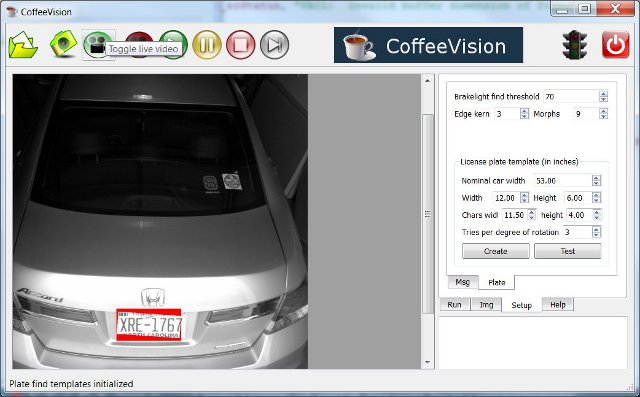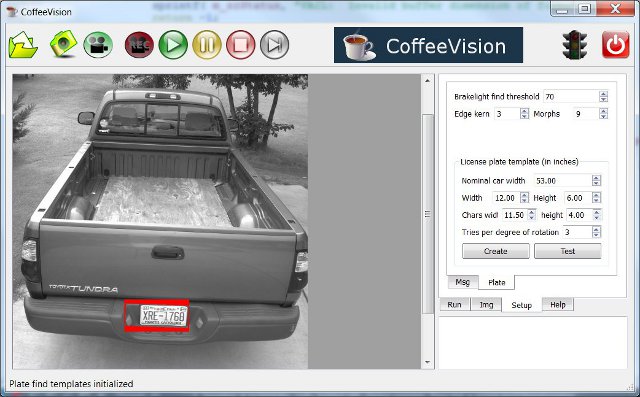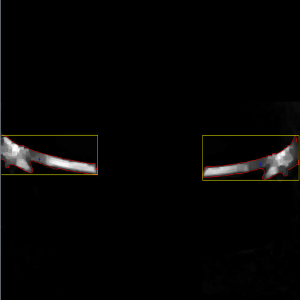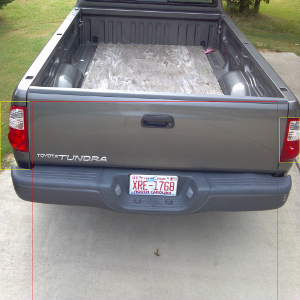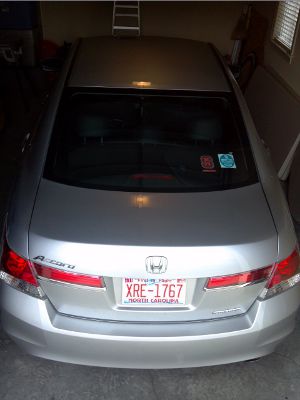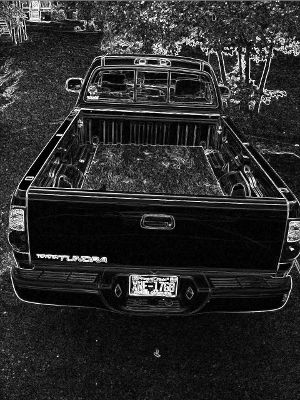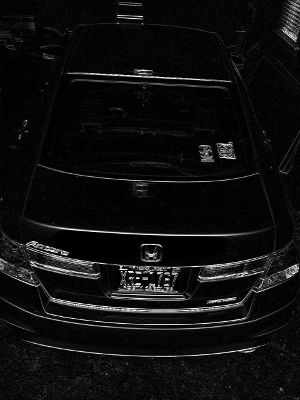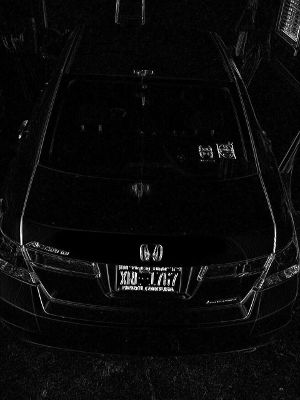Day 294 of 1000
I talked about a new project on which I am about to embark. There will be a part of this project that is not so technical, but more business/touchy-feely/people oriented, but we have to start with this. The touch-feely part will not start for several to many months. Still, we have to do the technical part before we can get to the people oriented part.
The first part of the project that belongs to me is the reading of license plates with an embedded Linux computer. I have a BeagleBoard XM that will work just fine. It has four USB ports to hook up cameras and works great with eLinux.
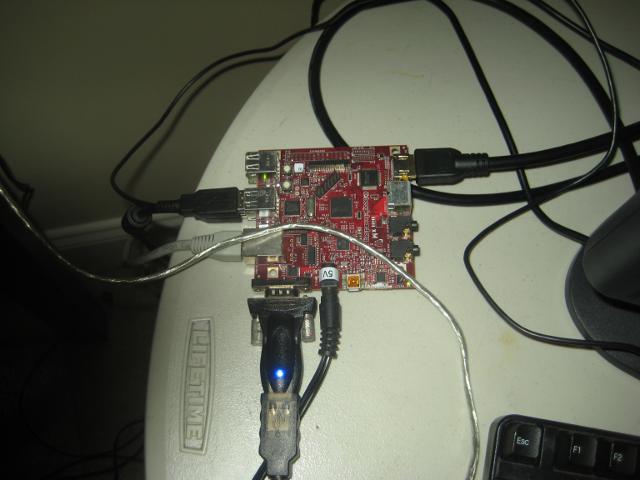
BeagleBoard XM
I have hooked up a keyboard, mouse, and monitor to the BeagleBoard for development.
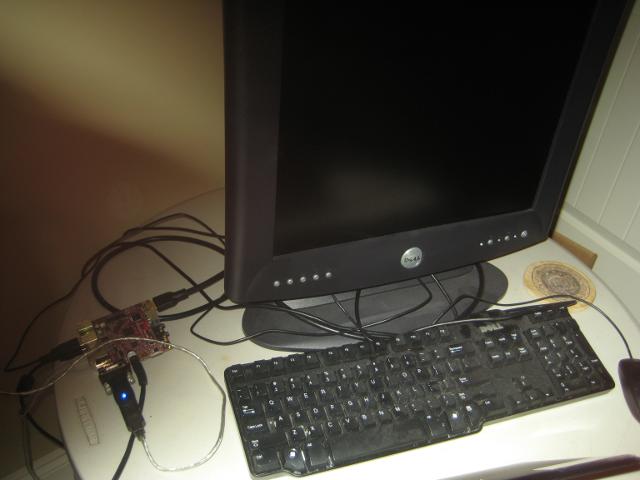
BeagleBoard XM development setup
After everything is developed, none of that stuff will be attached. The only things that will be attached are two cameras, one for license plate images and one for snapshots. More about those snapshots in post that will not appear for several months. Right now we are concentrating on getting the system to read license plates. Here are the cameras we will use to do the development. I am not sure we will use them for the final product, but this is how we are going to start.
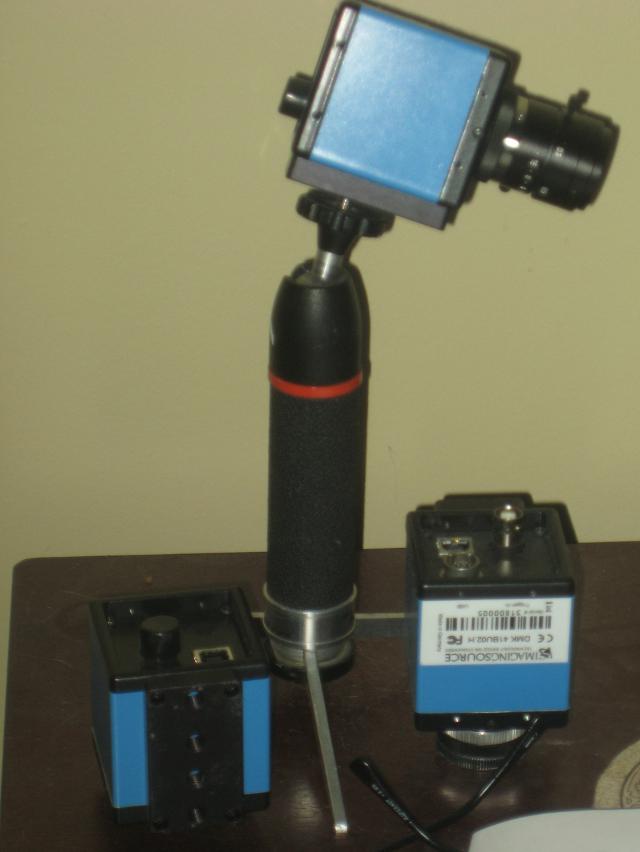
Imaging Souce cameras to hook to the BeagleBoard XM
The system I develop will report the license plates numbers to a second computer. I will use a EeePC netbook as the computer server that receives the license plate numbers and images from a snapshot after they are read. Both of these computers will run the Xubuntu operating system. In real life, the EeePC will not be the server with whom the BeagleBoard normally talks, but I need something to emulate the process while I develop the license plate reading capabilities. I am going to try to use Xubuntu on the BeagleBoard for this project. I will have more to say about that later.

EeePC to recieve license plate numbers and images

